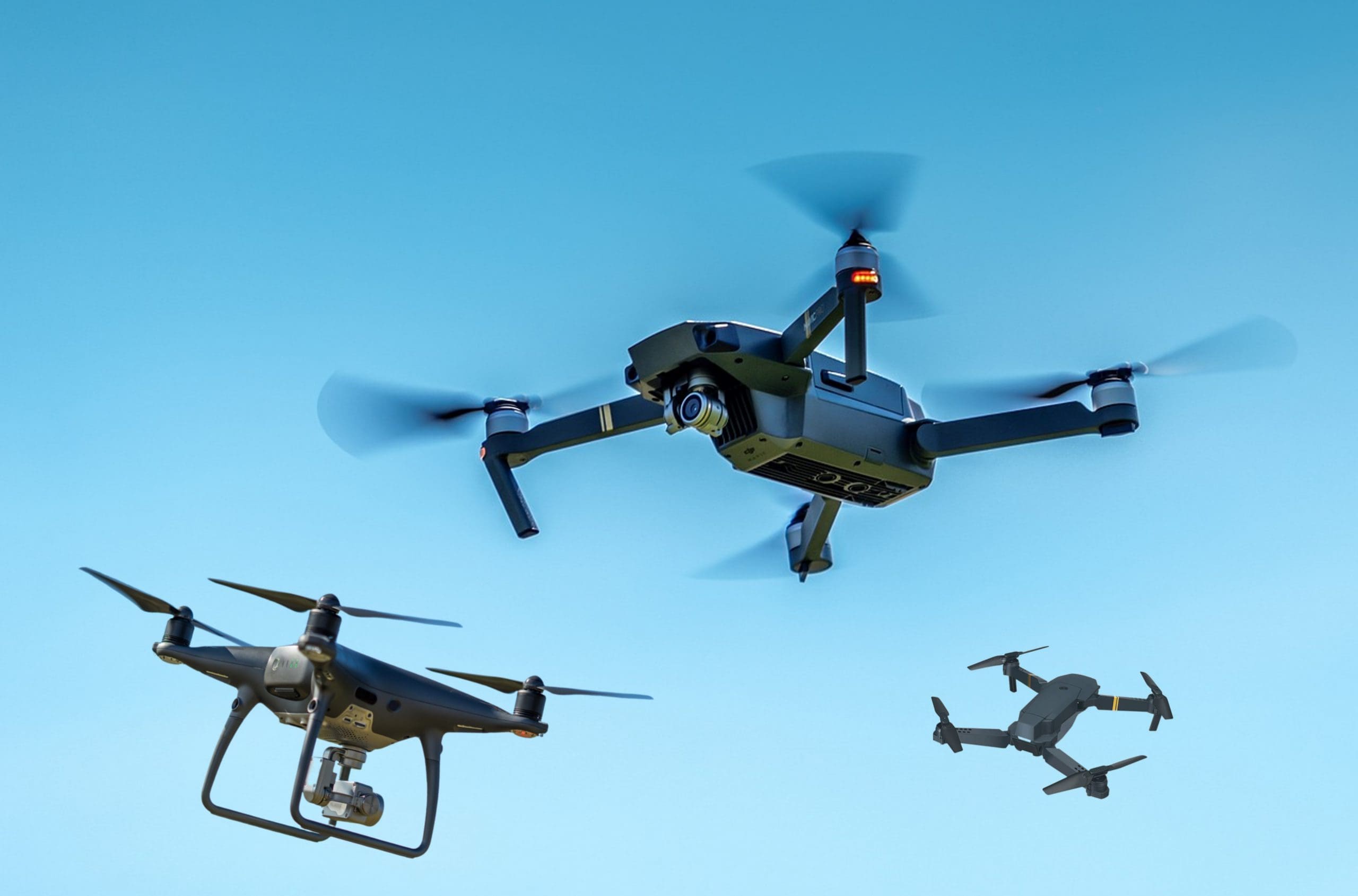This post is also available in:
 עברית (Hebrew)
עברית (Hebrew)
In a groundbreaking demonstration, Boeing’s Compact Laser Weapon System (CLWS) successfully engaged and defeated larger “Group 3” drones during the RED SANDS exercise held at the Red Sands Integrated Experimentation Center in Saudi Arabia. These Group 3 uncrewed aerial systems (UAS), weighing up to 600 kilos and equipped with advanced payloads, posed significant challenges for conventional defense systems. Utilizing a powerful 5-kilowatt laser, the CLWS showcased its capabilities in countering sophisticated aerial threats.
The annual RED SANDS exercise, hosted by U.S. Central Command and the Saudi Armed Forces, aimed to test industry capabilities in a realistic environment against the rapidly evolving UAS threat. With the integration of CLWS into the Army’s Forward Area Air Defense (FAAD) Command and Control network, Boeing engineers enabled the system to respond to radar cues in just minutes, demonstrating its quick adaptability in real-world conditions. Ron Dauk, program manager for Boeing’s Directed Energy portfolio, emphasized the importance of this hands-on experience, stating, “There’s no substitute for getting to work alongside servicemembers in real theater conditions… to fine-tune our c-UAS systems.”
The CLWS has a proven track record, having successfully defeated nearly 500 drones in diverse environments, ranging from small, nimble models to swarms. Its user-friendly interface, operable with just an hour of training, allows operators to engage UAS threats effectively from distances up to 2.5 kilometers. Additionally, the system can operate in both fixed and mobile configurations, making it versatile for various military applications.
As nations increasingly confront the challenges posed by drones, Boeing’s CLWS represents a critical advancement in layered air defense, providing military forces with a reliable tool to protect against emerging aerial threats.


























